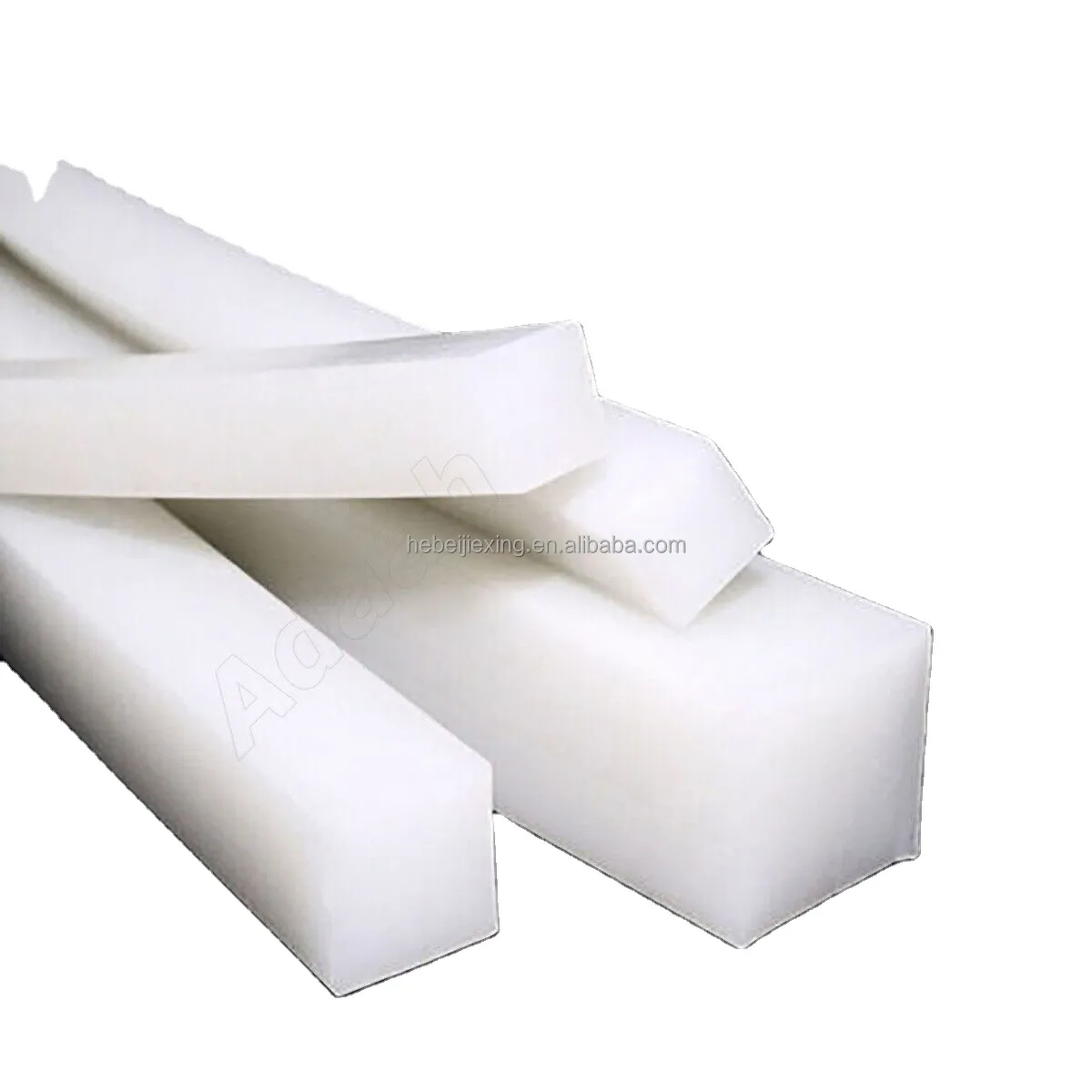window strip seal
Understanding Window Strip Seals A Comprehensive Guide
In the realm of home improvement and maintenance, window strip seals play a crucial role in enhancing energy efficiency and improving indoor comfort. These unassuming strips of material, usually made of rubber, foam, or vinyl, are designed to fill in the gaps between a window frame and the sash. This article will delve into the significance of window strip seals, their benefits, types, installation, and maintenance tips.
The Importance of Window Strip Seals
Window strip seals are essential for preventing drafts, which can significantly affect the temperature inside a home. During winter months, gaps around windows can allow cold air to seep in, making your heating system work harder and potentially leading to higher utility bills. Similarly, during the summer, warm air entering through these gaps can force air conditioning systems to operate inefficiently. By sealing these gaps, window strip seals help maintain a consistent indoor temperature, thus ensuring energy efficiency.
In addition to energy savings, window strip seals also enhance indoor comfort. They block out drafts and minimize noise pollution from outside, creating a quieter and more comfortable living environment. Furthermore, good seals can extend the lifespan of windows by protecting the frame from moisture and damage caused by external elements.
Types of Window Strip Seals
There are several types of window strip seals available on the market, each catering to different needs and window styles
1. Adhesive Foam Strips These are flexible and easy to install. They usually come in rolls and can be cut to fit various window sizes. Their sticky backing allows for easy application on clean surfaces.
2. Vinyl Weatherstripping This type involves strips of vinyl designed to compress when the window is closed, providing a tight seal. Vinyl weatherstripping is more durable than foam and can withstand extreme temperatures.
3. Magnetic Seals Used primarily in storm windows, magnetic seals offer a strong closure. These consist of magnets that attract, providing an airtight seal when the windows are closed.
4. Rubber Gaskets Often used in more modern window designs, rubber gaskets provide excellent insulation and durability. However, they may require professional installation.
5. Sweep Seals These are specifically designed for sliding windows and doors, featuring a long strip that sweeps across the frame as it closes to create a tight seal.
Installing Window Strip Seals
window strip seal

Installing window strip seals is a straightforward process that can be done by most homeowners with minimal tools
. Here’s a step-by-step guide1. Clean the Surface Remove any dirt, dust, or old sealant from the window frame. This ensures a strong bond for the new seal.
2. Measure the Gaps Identify where the gaps exist and measure them to determine the length of the seal needed.
3. Cut to Size If using adhesive foam or vinyl, cut the strip to the appropriate length.
4. Apply the Seal Peel off the backing and firmly press the strip into place along the cleaned area, ensuring there are no air bubbles.
5. Test the Seal Close the window and check for any drafts. If necessary, adjust or add more sealing material.
Maintaining Window Strip Seals
Regular inspection and maintenance of window strip seals can prolong their lifespan and effectiveness. Here are some tips
- Check for Wear Regularly inspect the seals for signs of wear, such as cracking or peeling. Replace them as needed.
- Keep Clean Occasionally wipe down the seals with a damp cloth to remove dust and debris that might hinder their performance.
- Seasonal Checks Before the onset of extreme weather, check the window seals to ensure they are intact and functioning properly.
In conclusion, window strip seals are a vital yet often overlooked component of home maintenance. Their role in energy efficiency, comfort, and window longevity cannot be overstated. By understanding the different types available, how to install them, and the maintenance required, homeowners can ensure their windows are well-sealed and effective year-round. Embracing these simple yet impactful measures will pave the way for a more comfortable and cost-effective living environment.
-
Under Door Draught Stopper: Essential ProtectionNewsJul.31,2025
-
Garage Door Seal and Weatherstrips for ProtectionNewsJul.31,2025
-
Edge Banding Tape for Perfect EdgesNewsJul.31,2025
-
Table Corner Guards and Wall Corner ProtectorsNewsJul.31,2025
-
Stair Nose Edging Trim and Tile Stair SolutionsNewsJul.31,2025
-
Truck Bed Rubber Mats for Pickup BedsNewsJul.31,2025
-
Window Weather Stripping for Noise ReductionNewsJul.29,2025